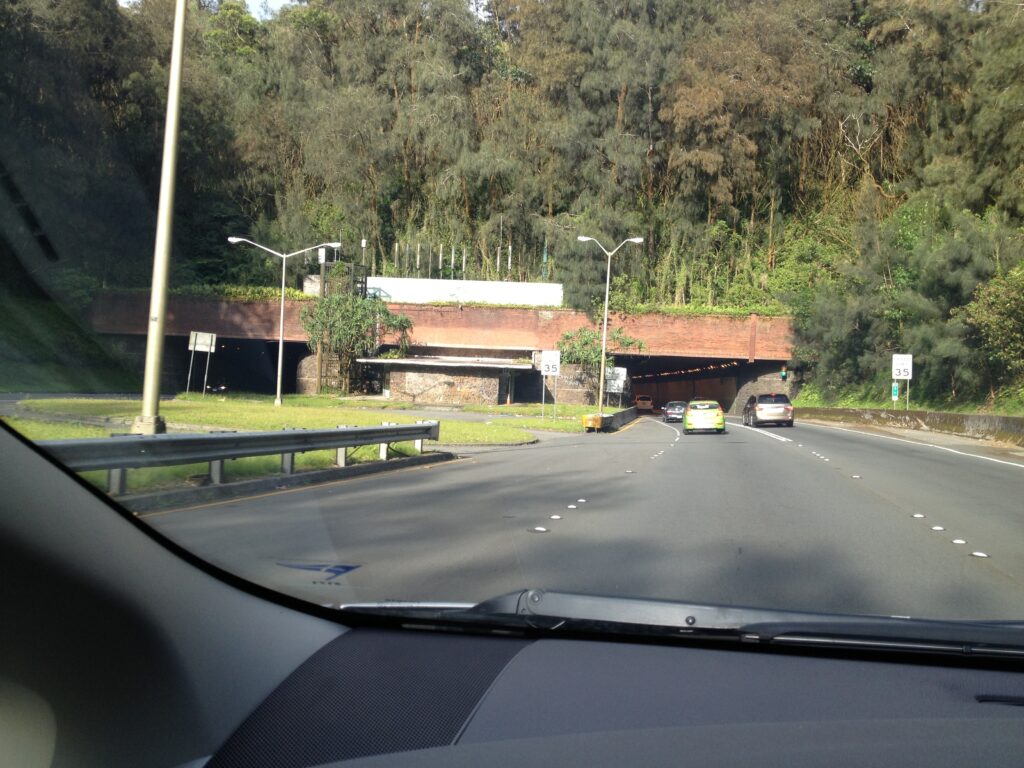With “contact” (arrival of Captain James Cook in 1778,) a new style of boat was in the islands and Kamehameha started to acquire and build them.
The first Western-style vessel built in the Islands was the Beretane (1793.) Through the aid of Captain George Vancouver’s mechanics, after launching, it was used in the naval combat with Kahekili’s war canoes off the Kohala coast. (Thrum)
Encouraged by the success of this new type of vessel, others were built. A schooner called Tamana (named after Kamehameha’s favorite wife, Kaʻahumanu,) was used to carry of his cargo of trade to the missions along the coast of California. (Couper & Thrum, 1886)
From 1796 until 1802 the kingdom flourished. Several small decked vessels were built. (Case) According to Cleveland’s account, Kamehameha possessed at that time twenty small vessels of from twenty to forty tons burden, some even copper-bottomed. (Alexander)
The king’s fleet of small vessels was hauled up on shore around Waikiki Bay, with sheds built over them. One small sloop was employed as a packet between Oahu and Hawaii. Captain Harbottle, an old resident, generally acted as pilot. (Alexander)
One of the earliest white residents of the Islands was George McClay, a Yankee ship-carpenter who drifted into Honolulu sometime between 1793 and 1806.
Captain Amasa Delano of Duxbury, on whose ship he had formerly sailed, found him at the Islands in 1806 with a well-established boat-building business. He had built twenty small vessels, and a few as large as fifty tons burthen. (Massachusetts Historical Society)
“He was my carpenter in the ship Eliza, when I left Canton in 1793, and went to the Isle of France with me, and was also carpenter in the large ship Hector, which was purchased at that place. “ (Delano)
“He went with me to Bombay after which he had been travelling in that part of the world until he had found his way to the Sandwich Islands, where he was noticed by the king on account of his being a good natured, honest fellow, and a very good ship builder.” (Delano)
“He had built near twenty small vessels, and a few as large as forty or fifty tons, whilst he was at these islands. … All this labour he performed for the king.”
“I made a confidant of George McClay whilst at these islands, in all my negotiations with the king, and with other persons, with whom I had intercource.” (Delano)
Then, on June 21, 1803, the Lelia Byrd, an American ship under Captain William Shaler, arrived; during his stay, Shaler asked Kamehameha for one of the chief’s small schooners.
Wanting bigger and better, in 1805, Kamehameha traded the 45-ton Tamana and a cargo of sandalwood for the Lelia Byrd,) a “fast, Virginia-built brig of 175-tons.” It became the flagship of Kamehameha’s Navy.
Shaler exchanged “Lelia Byrd,” with Kamehameha for the Tamana and a sum of money to boot. (Alexander) The cargo was received into his store, and when the schooner was ready it was all faithfully and honorably delivered to the person appointed to receive it. (Cleveland)
“(U)unfortunately, the ship (previously) struck on a shoal, and beat so heavily, before getting off, as to cause her to leak alarmingly.” (Cleveland)
McClay put in a new keel, and nearly replanked the Lelia Byrd in Honolulu Harbor. She afterwards made two or three voyages to China with sandalwood. (Alexander)
In 1809, the village of Honolulu, which consisted of several hundred huts, was then well shaded with cocoanut-trees. The king’s house, built close to the shore and surrounded by a palisade, was distinguished by the British colors and a battery of sixteen carriage guns belonging to his ship, the “Lily Bird” (Lelia Byrd), which lay unrigged in the harbor. (Campbell; Alexander)
A short distance away were two large stone houses which contained the European articles belonging to the king. On the shore at Waikiki, with sheds built over them, were the smaller vessels of the king’s fleet. (Case)
Kamehameha kept his shipbuilders busy; by 1810 he had more than thirty small sloops and schooners hauled up on the shore at Waikīkī and about a dozen more in Honolulu harbor, besides the Lelia Byrd. (Kuykendall)































